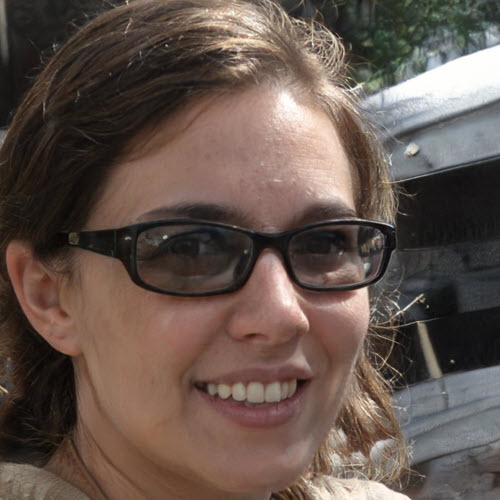Delhi NCR Metro Map Explained in Tamil with English subtitles 🚇 Tamil Couple - Gowri Abimanue ❤️
130 View
Share this Video
- Publish Date:
- 18 May, 2023
- Category:
- Travel Reviews
- Video License
- Standard License
- Imported From:
- Youtube
Tags
#comedy #delhi #delhistreetfood #metro #funny #tamil #tamilcouplevlog #trendingvideo #tamilvlog #travelvlog #travel #tourism #touristplace #tourist #metro #map
Contact us on :-
Gmail : [email protected]
Whatsapp / Call : +91 8608181090 , +91 6379134499
Follow us on : -
YouTube : https://www.youtube.com/c/THEMANGOSLICES
Facebook : https://www.facebook.com/themangoslices4
Instagram : https://www.instagram.com/themangoslices
Twitter : https://twitter.com/themangoslices
LinkedIn : https://www.linkedin.com/in/mango-slices-a05866210/
______________________________________________________________________________________________
We are basically from Pollachi town, Coimbatore district, Tamilnadu state. The name of our channel is a combination of our two names: Abimanue and Gowri - MANGO. MAN from Abimanue and GO from Gowri. Thanks for subscribing to our channel, we would love to hear from you in the comments. Let us know if u want us to review any special shop / mess and we will make sure that we try and give you the information about it.
Our channel The Mango always strives to give quality content and would to improve on certain aspects as per viewers and our subscribers request. We give reviews based on our own opinion and it’s purely not to damage/defame any kind of outlets. Same way, we don’t boost up any outlet for our own profit. We are lifestyle bloggers and we review food where we often go and enjoy food/boutique or any kind of business for that matter.
______________________________________________________________________________________________
The Delhi Metro is a mass rapid transit (MRT) system serving Delhi and its satellite cities of Ghaziabad, Faridabad, Gurugram, Noida and Bahadurgarh, in the National Capital Region of India. The network consists of 10 colour-coded lines serving 255 stations with a total length of 348.12 kilometres. It is by far the largest and busiest metro rail system in India, and the second oldest after the Kolkata Metro. The system has a mix of underground, at-grade, and elevated stations using both broad-gauge and standard-gauge. Delhi Metro operates over 2,700 trips daily, starting at around 05:30 and ending at 23:30.
Construction started in 1998, and the first elevated section (Shahdara to Tis Hazari) on the Red Line opened on 25 December 2002. The first underground section (Vishwa Vidyalaya – Kashmere Gate) on the Yellow Line opened on 20 December 2004. The development of the network was divided into phases. Phase I with 3 lines was completed by 2006, and Phase II in 2011. Phase III is in the finishing stage and is scheduled to be complete by end of 2022. Construction under Phase IV was formally started on 30 December 2019.
Delhi Metro Rail Corporation Limited (DMRC), a company with equal equity participation from the Government of India and the Government of Delhi, built and operates the Delhi Metro. DMRC was certified by the United Nations in 2011 as the first metro rail and rail-based system in the world to get carbon credits for reducing greenhouse gas emissions, reducing carbon emission levels in the city by 630,000 tonnes every year.
The Delhi Metro also has interchanges with the Rapid Metro Gurgaon (with a shared ticketing system) and Noida Metro. On 22 October 2019, DMRC took over the operations of the financially troubled Rapid Metro Gurgaon. Annual ridership of Delhi metro was 179 crore (1.79 billion) in 2019.
History
Evolution of the Delhi Metro 2003 to 2018
Background
The concept of mass rapid transit for New Delhi first emerged from a traffic and travel characteristics study that was carried out in the city in 1969. Over the next several years, many official committees by a variety of government departments were commissioned to examine issues related to technology, route alignment, and governmental jurisdiction. In 1984, the Urban Arts Commission came up with a proposal for developing a multi-modal transport system, which would consist of constructing three underground mass rapid transit corridors as well as augmenting the city's existing suburban railway and road transport networks.
Did you miss our previous article...
https://reviewvideos.club/travel-reviews/aruba-travel-guide-best-local-eats-amp-drinks-in-aruba














